Small Siding Problems Can Lead to Big Repairs:
How to Spot and Prevent Damage Before It’s Too Late
Your siding isn’t just about curb appeal—it’s your home’s shield against rain, snow, and the elements. But when cracks, discoloration, or peeling paint go unchecked, small problems can snowball into major issues. Let’s break down how minor siding problems can escalate and how you can protect your home.

1. Small Cracks or Damage: The Start of the Problem
Small cracks in vinyl siding or fiber cement siding might seem harmless, but these tiny openings allow moisture to seep in. Over time, this moisture can compromise the siding material and reach the structure underneath.
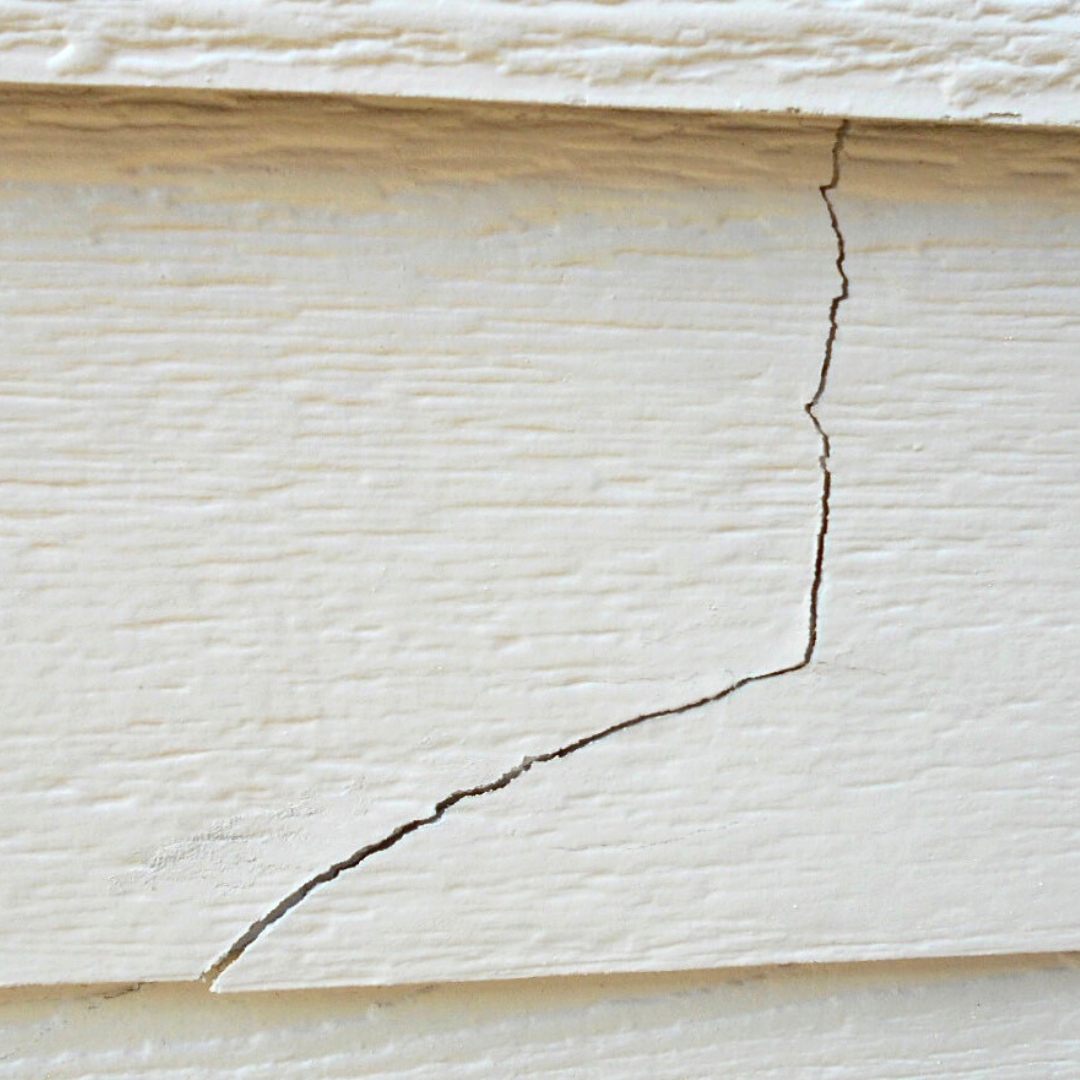
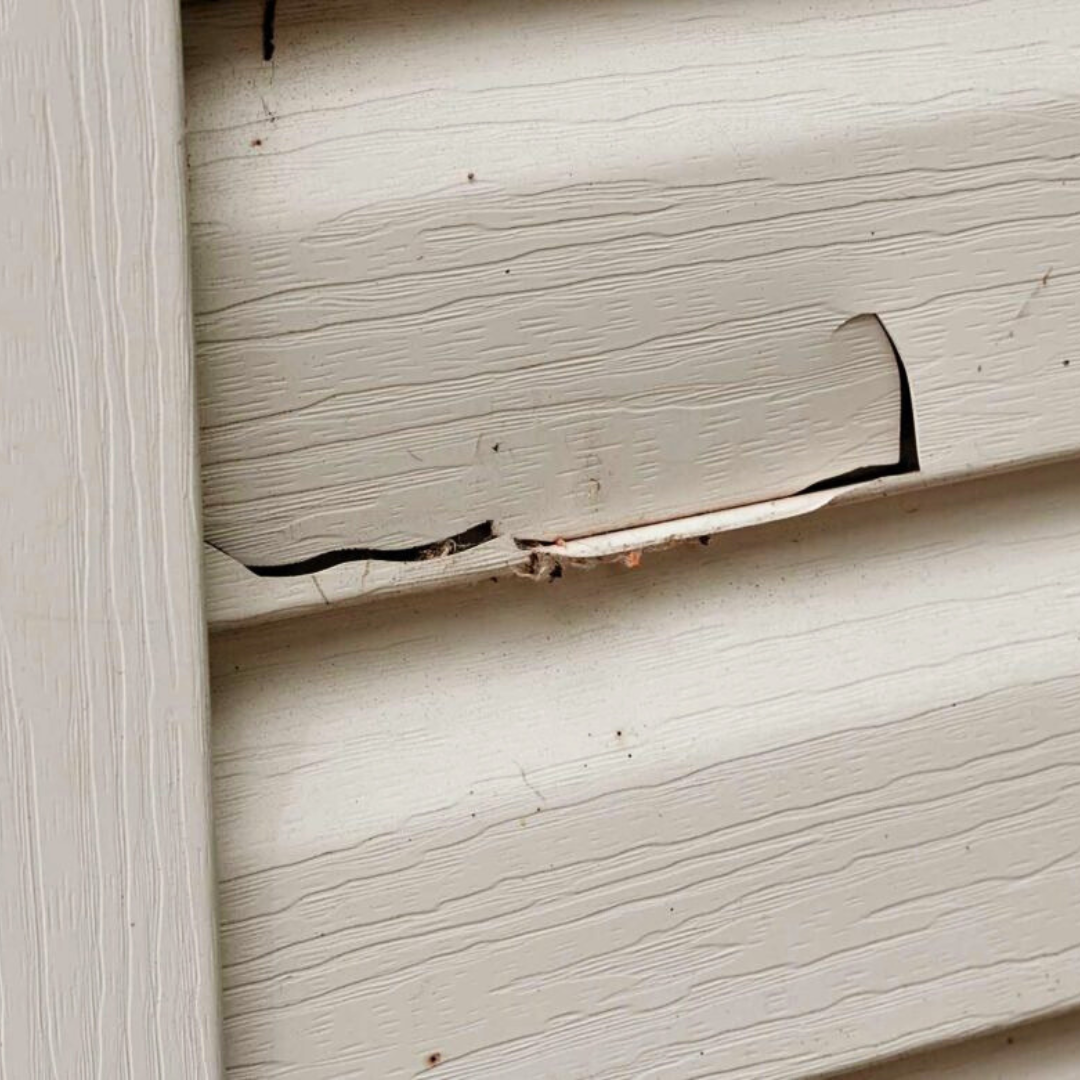
2. Discoloration: A Sign of Moisture Intrusion
If your siding is showing signs of discoloration or streaking, it’s likely that moisture has penetrated the surface. This can lead to mildew or mold growth and weakens the protective barrier of your home.
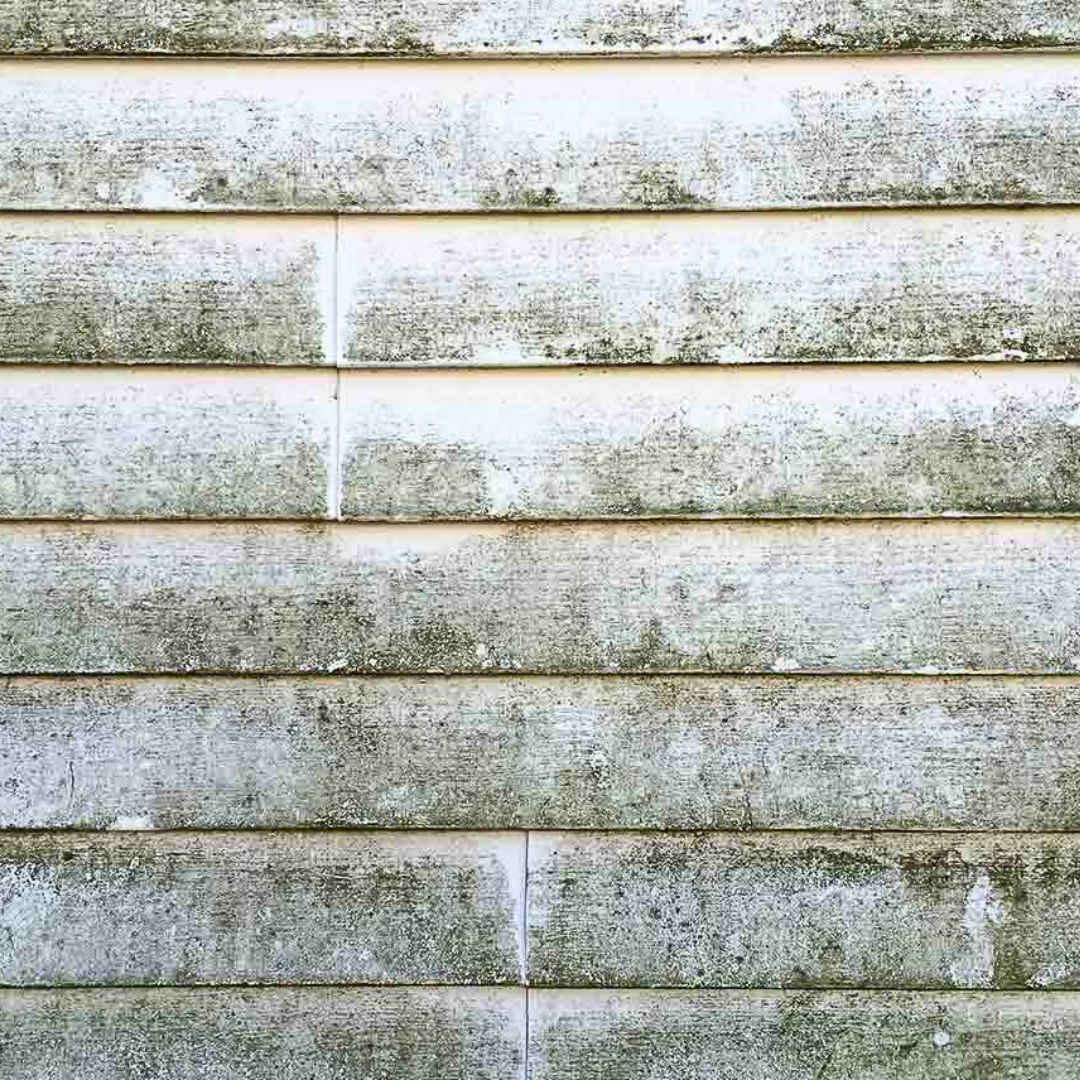


3. Peeling Paint or Exposed Wood: A Warning Sign
Peeling paint or exposed wood siding is another red flag. Without a protective coat, the wood absorbs moisture, which can lead to rot and further damage.
Pee
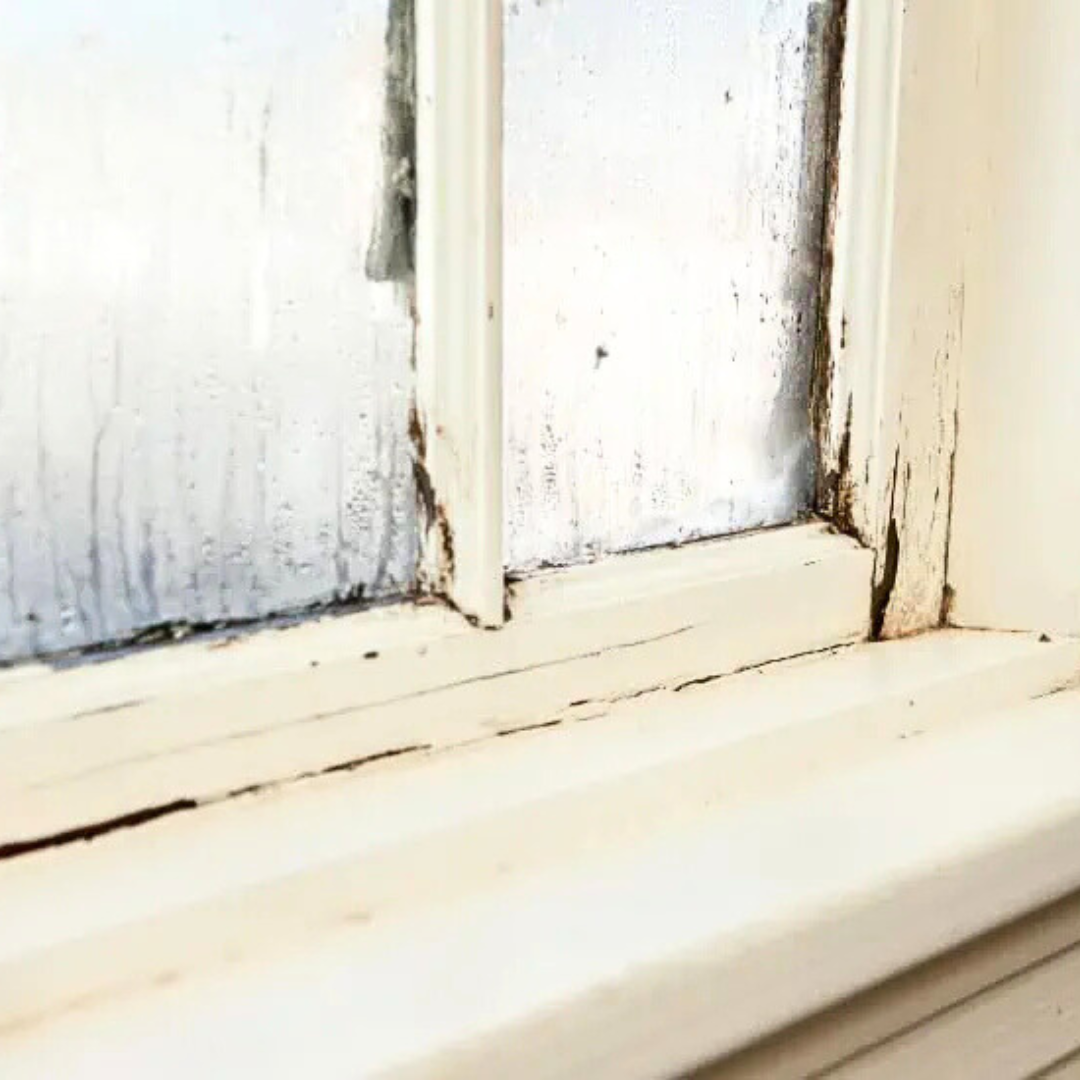
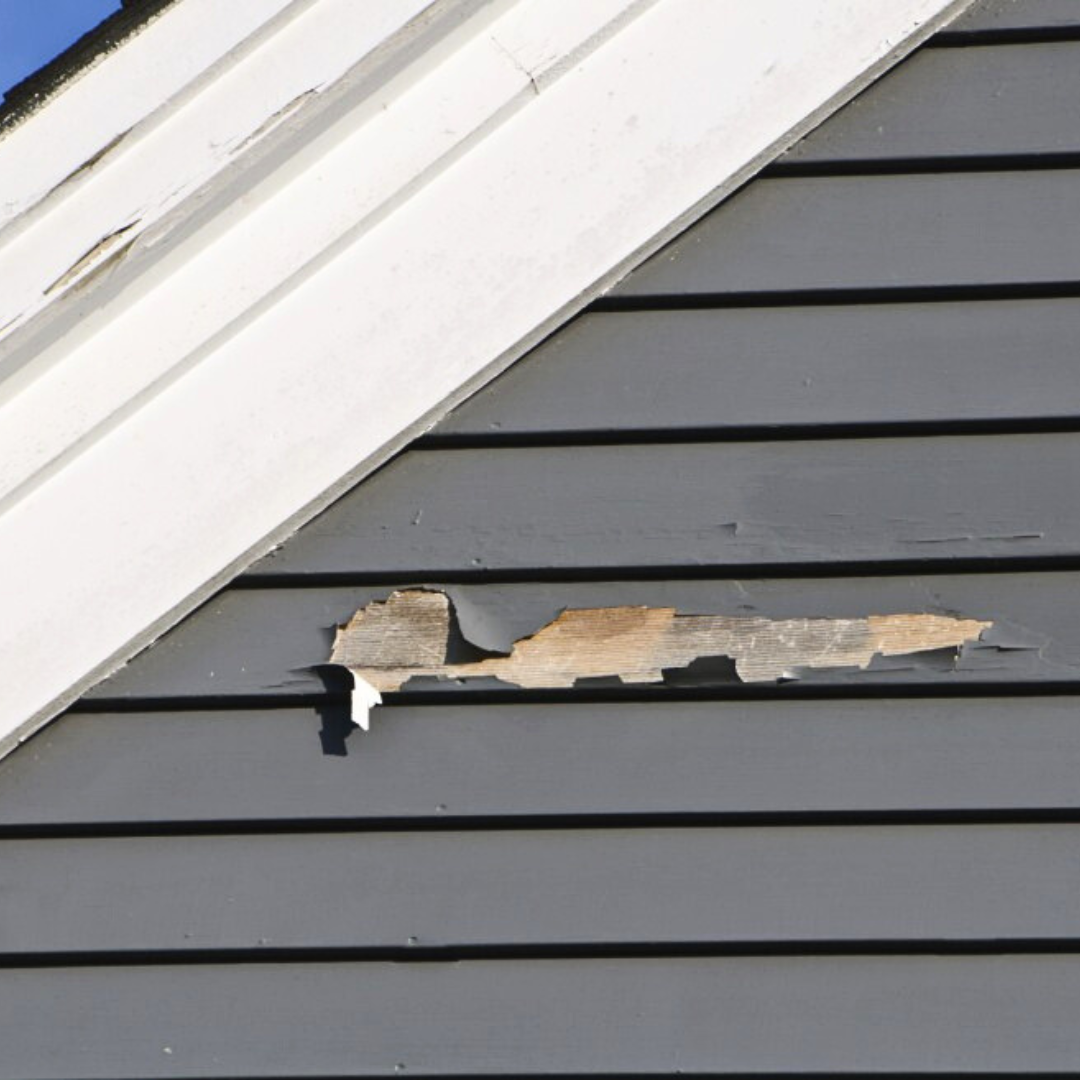
4. Long-Term Neglect: Structural Damage
When siding problems go unchecked, moisture makes its way into the walls. This can cause significant structural damage, affecting the integrity of your home and potentially requiring costly repairs.
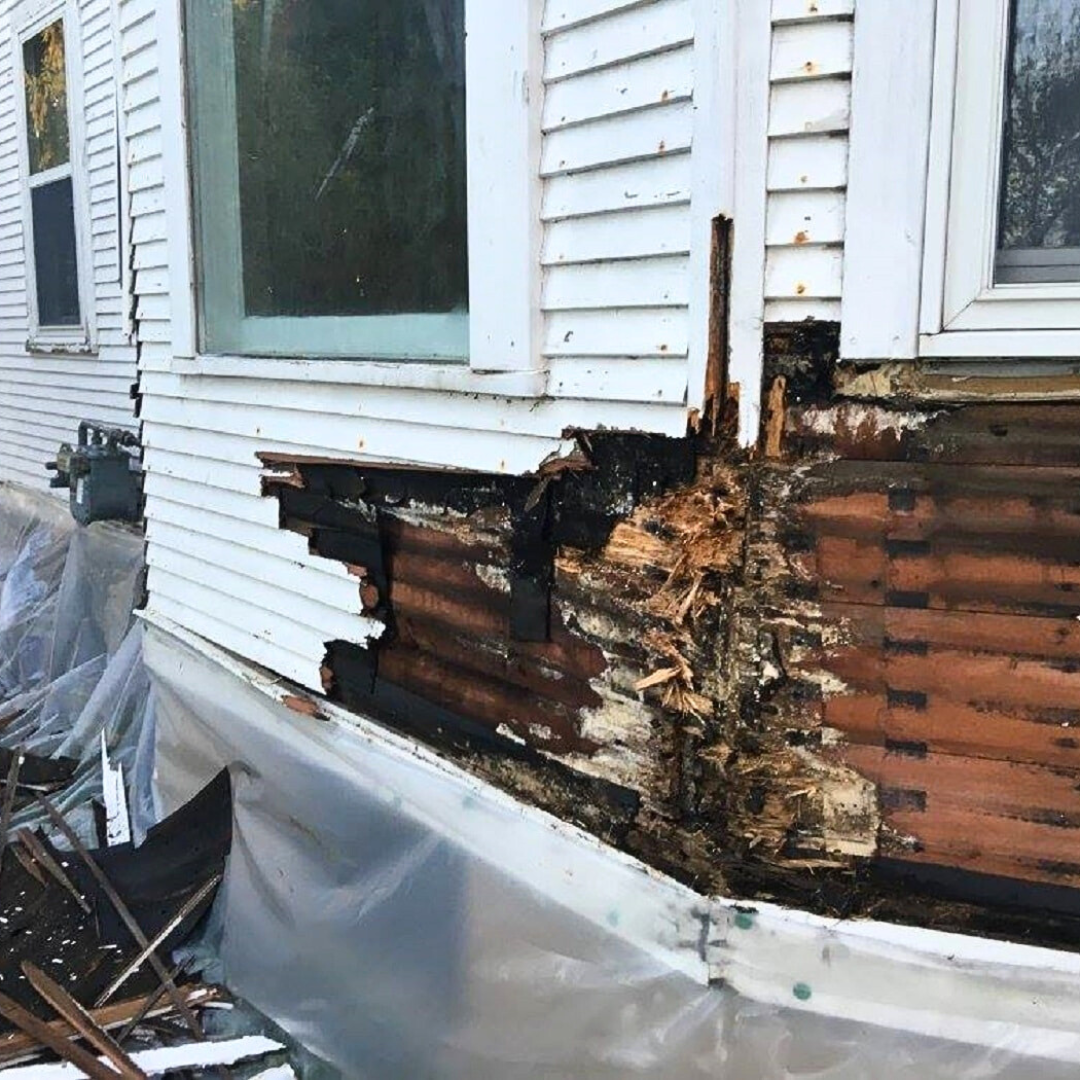
The Solution:
- Inspect Your Siding Regularly: Walk around your home and check for cracks, peeling paint, or discoloration.
- Address Small Problems Early: Repairing minor damage is more affordable and less invasive than waiting for it to worsen.
- Schedule a Professional Inspection: If you’re unsure about the state of your siding, call Ryan at (816) 896-2462 or Click HERE to schedule a thorough inspection.
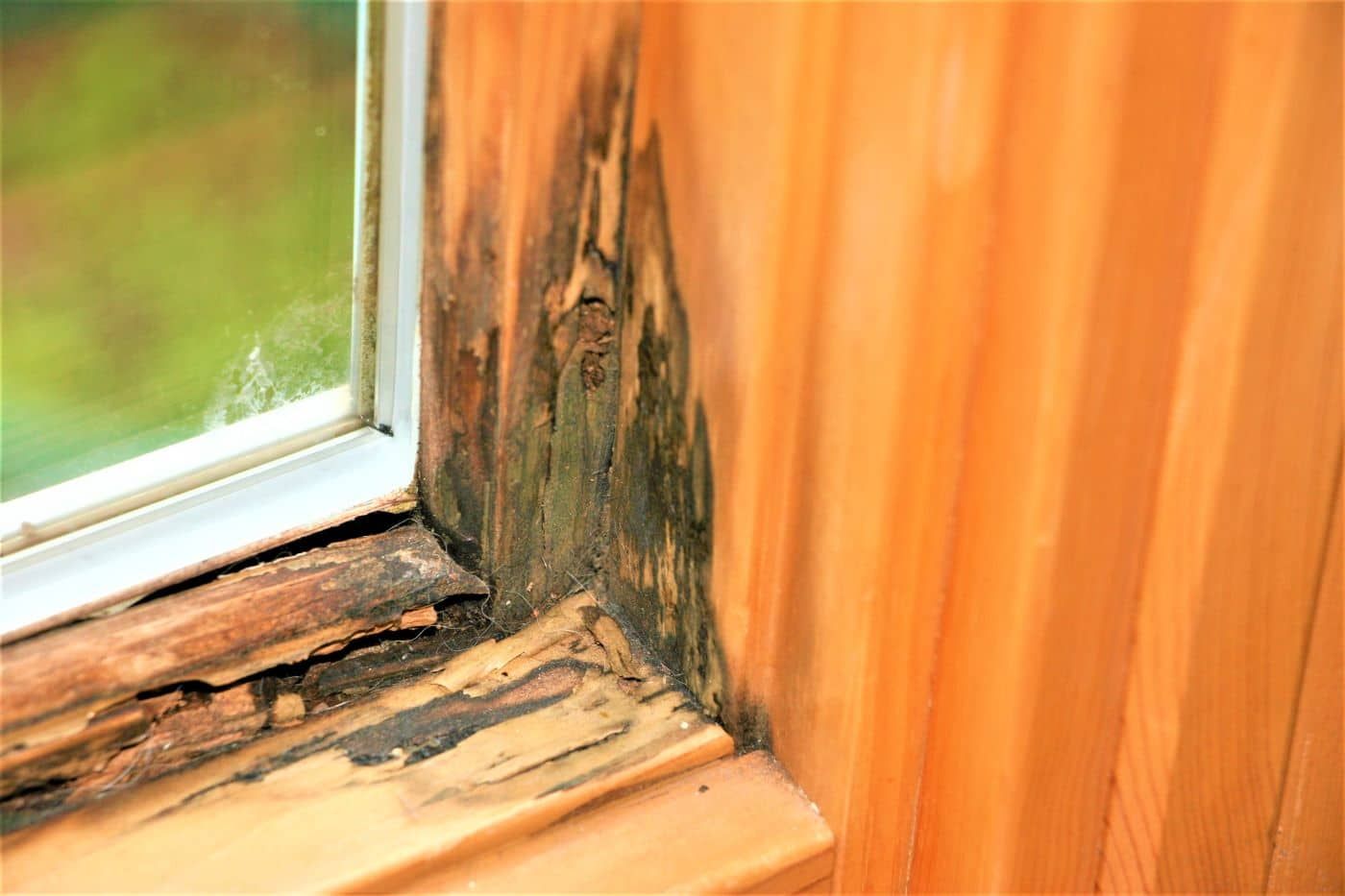
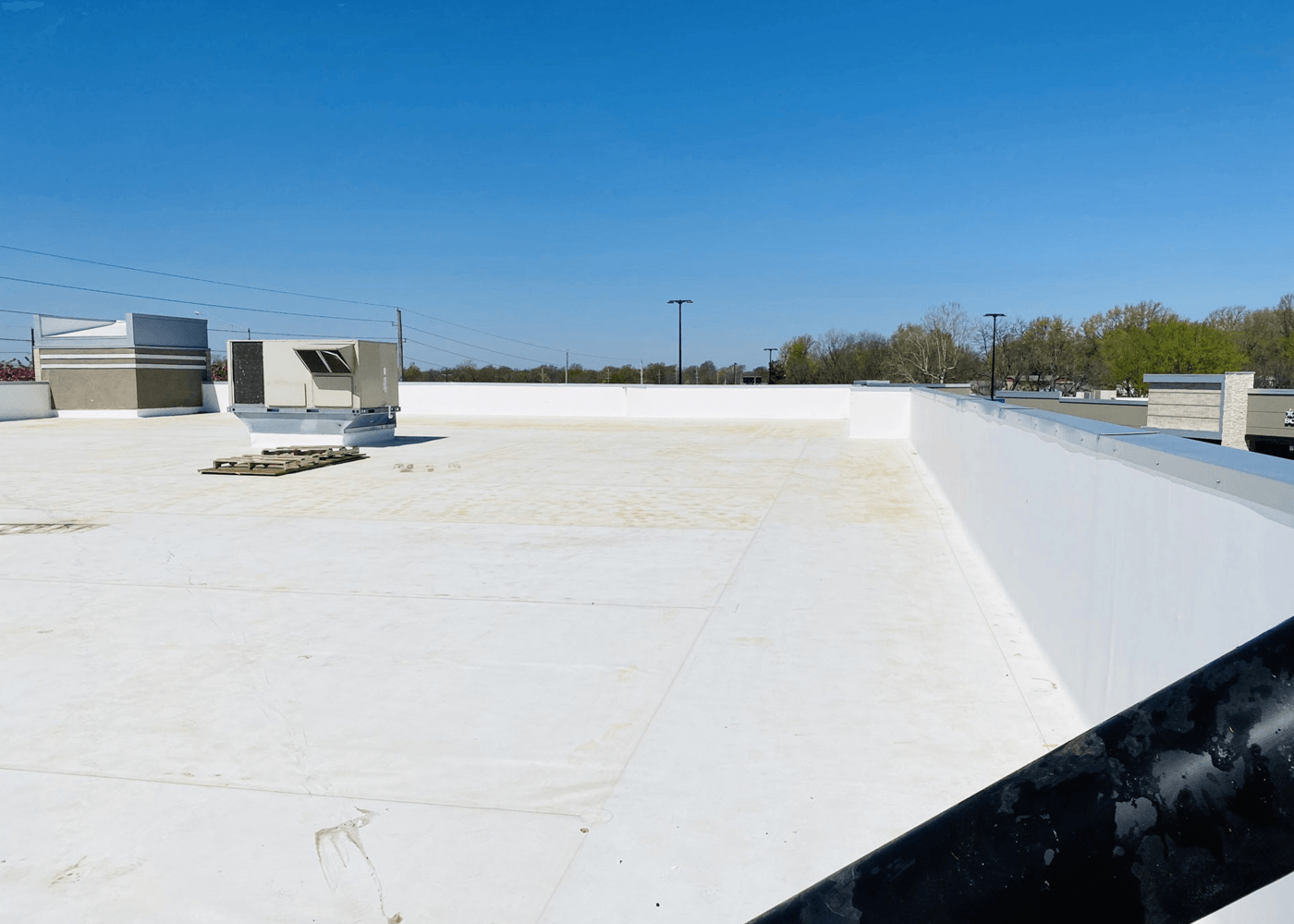
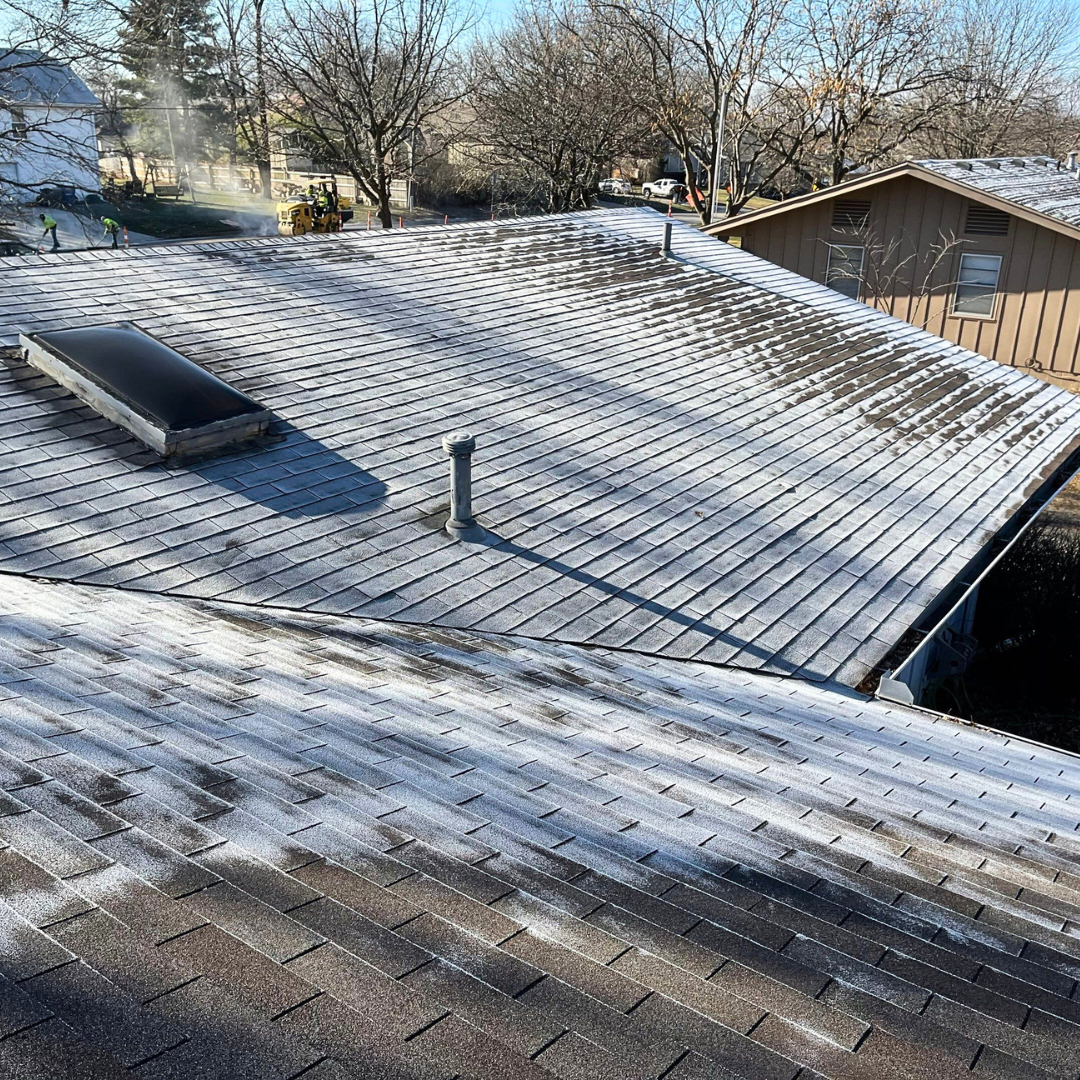






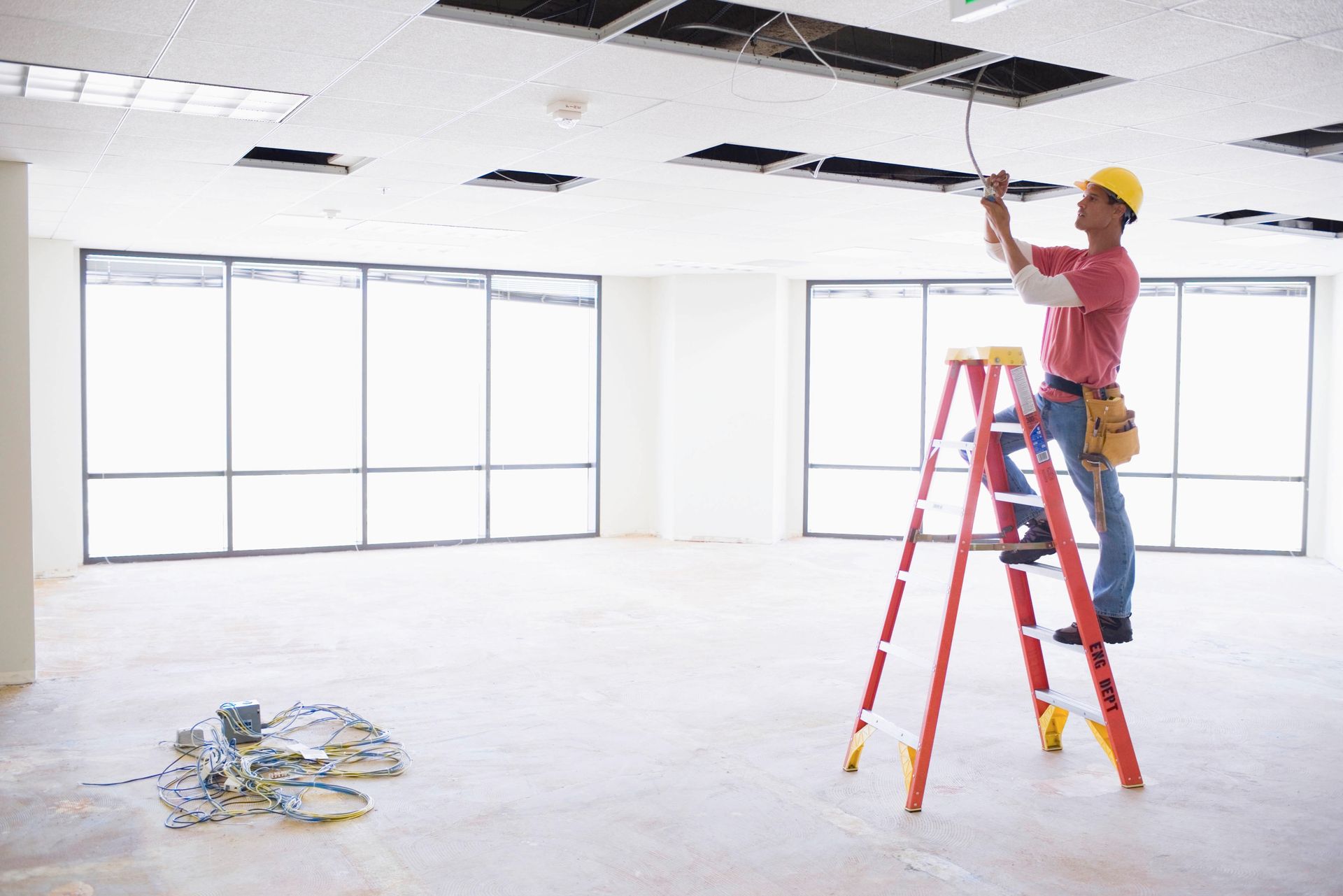
Share On: